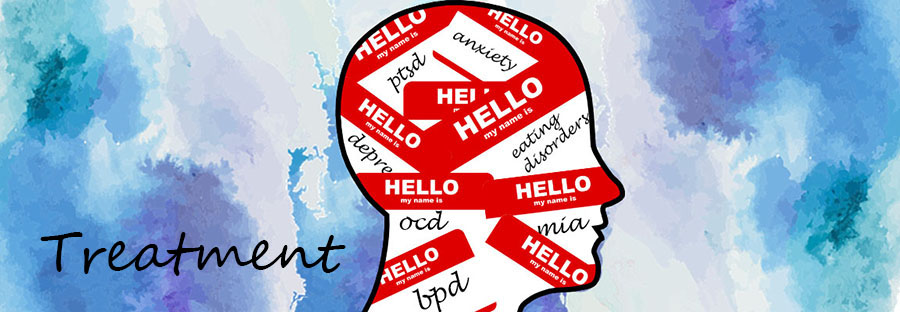 |
|
|
Behavioral Therapy Behavioral therapy is an umbrella term for the types of therapy that treat mental disorders. This form of therapy seeks to identify and help to change what has potential to be self-destructive or unhealthy behaviors. It works on the idea that all behaviors are learned and that these can be changed. the focus of treatment is often on current problems and how to change them. This often treats depression, anxiety, panic disorders, and anger issues. Even though these are the most common, behavioral therapy can also treat other disorders and conditions including eating disorders, post traumatic stress disorder, bipolar disorder, adhd, obsessive compulsive disorder, self harm issues, and substance abuse. The types of behavioral therapy include cognitive behavioral therapy, cognitive behavioral play therapy, system desensitization, and aversion therapy. Cognitive Behavioral Therapy Cognitive behavioral therapy combines behavioral therapy with cognitive therapy, hence the name. Treatment in this therapy is centered around how someone's thoughts and beliefs influence their actions and moods. It will often focus on a problem that a person is currently having and finding a solution to that problem. The long-term goal of this therapy is to change the pattern of a person's thinking patterns into healthier patterns. Cognitive behavioral play therapy is most commonly used with children. In this, therapists will watch a child play in order to gain insight in what a child is uncomfortable expressing or unable to express. Children may be able to choose their own toys and play freely, or they might be asked to use certain toys, draw a picture, and to create scenes in a sandbox. The therapist may then teach the parents of this child how to use play with toys and such in order to improve their communication with their child. Group Therapy Group Therapy is a form of psychotherapy that involves on or more therapists working with several people at one time. This therapy is widely available at a variety of locations. Examples of places would include private therapeutic practices, hospitals, mental health clinics, and community centers. Group therapy is sometimes used by itself, but can also be woven into a comprehensive treatment plan that also includes therapy individually or medication. The goals of group therapy are to instill hope, sharing information that could help others, the sense of family, development of socialization techniques, and interpersonal learning.
|

.jpg)